PROVIDENCE, R.I. [Brown University] — Five Brown University faculty have been awarded the distinction of fellow from the American Association for the Advancement of Science (AAAS).
The new fellows, among 486 chosen from the AAAS membership this year, include visual neuroscientist David M. Berson; marine ecologist Mark D. Bertness; brain scientist John P. Donoghue; cell biologist Susan A. Gerbi; and Jimmy Xu, a professor who focuses on laser science, nanotechnology and bio-nanoelectronics.
Fellows are elected by their peers in the AAAS,which is the world's largest general scientific society. The AAAS, founded in 1848, publishes the journal Science. The organization has chosen AAAS fellows since 1874.
New fellows will be announced in the Dec. 19, 2008, issue of Science and honored during a formal ceremony at the AAAS annual meeting in Chicago in February.
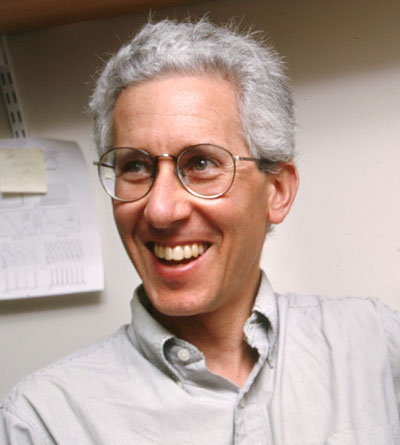
David M. Berson
Berson is the Sidney A. Fox and Dorothea Doctors Fox Professor of Ophthalmology and Visual Sciences and has been a neuroscience researcher for more than 30 years — 23 as a Brown professor. He is a 1975 Brown graduate with an A.B. in psychology.
Berson was recognized for his contributions to the field of visual neuroscience. His lab focuses on what the eye tells the brain. Specifically, he explores structural and functional diversity among the ganglion cells of the eye, the retinal neurons that communicate directly with the brain. Current research focuses on one very unusual type of ganglion cell that senses light directly. These neurons drive reflexive responses to daylight, such as synchronizing biological clocks to the rising and setting of the sun.
Berson’s discovery of that third light-sensing cell in the eye was reported in Science on Feb. 8, 2002.
Berson’s research is funded by the National Eye Institute of the National Institutes of Health. He has completed a number of research grants from the NIH and the National Science Foundation, among others.
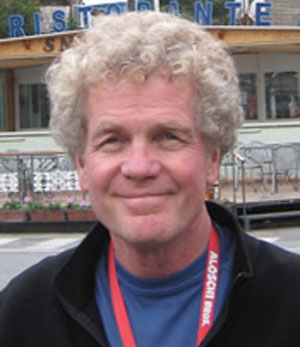
Mark D. Bertness
Bertness became an AAAS fellow for his contributions to marine ecology and for outstanding research mentoring. He is the Robert P. Brown Professor of Biology in the Department of Ecology and Evolutionary Biology at Brown. His research focuses on the ecology and conservation biology of marine shoreline communities, using salt marsh and rocky shore systems.
He and his students use manipulative field experiments in New England to develop general models of community organization and human impacts and then test the generality of their findings on Argentinean and Chilean shorelines with South American graduate student collaborators. His book Atlantic Shorelines (Princeton University Press, 2007) discusses his interests and approach to studying marine intertidal communities.
Bertness has earned a number of honors and awards. He gave the 2004 distinguished ecologist lecture at Mt. Holyoke College, and was the 2004 visiting chair in ecology at the University of Groningen in Holland. In 1999, he won the Elizabeth Leduc Prize for Distinguished Teaching in the Life Sciences. He has written articles for numerous publications including the Journal of Ecology, Science, American Scientist and the Proceedings of the National Academy of Science.
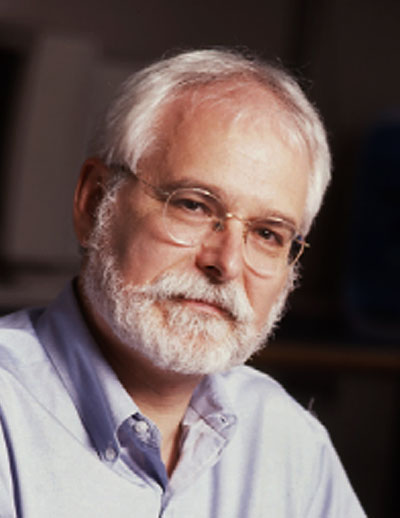
John P. Donoghue
Donoghue, the Henry Merritt Wriston Professor at Brown University, became an AAAS fellow because of his interdisciplinary work exploring how the brain converts intention into movement. From 1991 through 2006, Donoghue was chairman of the Department of Neuroscience, and since 1998 he has served as executive director of the Brain Science Program at Brown, which has now been transformed and renamed as the Brown Institute for Brain Science. The Institute brings together more than 10 departments and 100 faculty and fosters interdisciplinary research and training.
In a Nature paper (March 2002), Donoghue reported that a computer could use a reconstructed brain signal to accomplish immediate, complex goal-directed behavior. A device based on his research entered clinical trials on human subjects in April 2004, results of which were reported at the annual meeting of the American Academy of Physical Medicine and Rehabilitation in Phoenix that fall.
For more than 20 years, Donoghue has performed research on brain-computer interfaces, and his laboratory is internationally recognized as a leader in this field. His research has been funded by the National Institutes of Health (NIH), the National Science Foundation (NSF), and the Defense Advanced Research Projects Agency (DARPA), as well as private foundations.
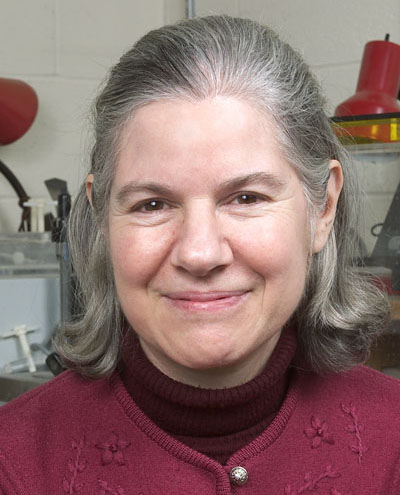
Susan A. Gerbi
Gerbi is the George Eggleston Professor of Biochemistry in the Division of Biology and Medicine at Brown, where she teaches molecular cell biology.
She was recognized for her ongoing research. Her lab is studying the initiation of DNA replication (doubling of the hereditary information of the cell), and has devised a method to map the start site of DNA replication at the nucleotide level. Her research in progress suggests that a steroid hormone receptor may play a direct role for initiation of DNA replication, which could help clarify the role certain hormones play in some cancers.
The Gerbi lab also studies the structure, evolution and biogenesis of ribosomes (the factories in the cell that make proteins), and her lab’s work has opened the possibility for a new class of antibiotics.
Gerbi has also been very active in biomedical Ph.D. training. Among her activities: She served on NIH study sections reviewing training grants and participated in NIH workshops about training and careers. She was a member of the National Academy of Sciences committee that worked on the “Study of National Needs for Biomedical Research Personnel,” and has testified about graduate education before both the House and Senate Subcommittees on Appropriations.
Gerbi has received several honors for her research, including the State of Rhode Island Governor’s Award for Scientific Excellence and election as president of the American Society for Cell Biology.
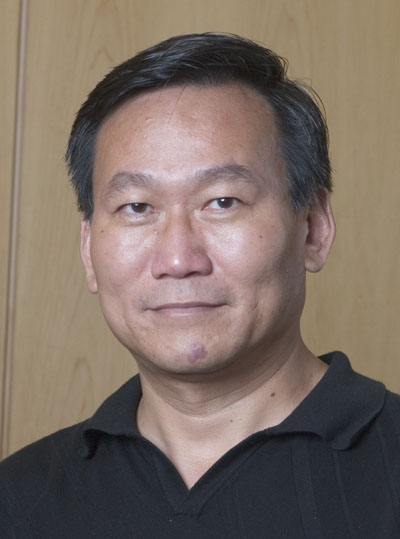
Jimmy Xu
Xu was recognized for his contributions to advances in laser science, nanotechnology and bio-nanoelectronics. Xu is the Charles C. Tillinghast Jr. ’32 University Professor in the Division of Engineering and professor of physics. His interests include nanoscale science and technology, quantum photonics, aperiodic optics, semiconductor lasers, molecular electro-optics, and collective behaviors of large coupled systems.
Xu’s ongoing research includes carbon nanotube structures, physics, and applications; silicon lasers and sub-wavelength photonics; synthesis and non-lithographic fabrication and sciences of quantum-arrays made from metals, superconducting, molecules and semiconductors; DNA conductivity; and the physics of redox processes in proteins and cells.
